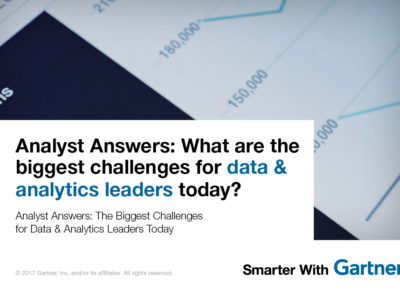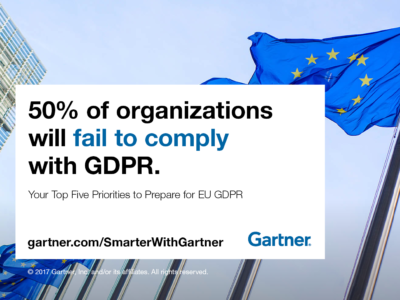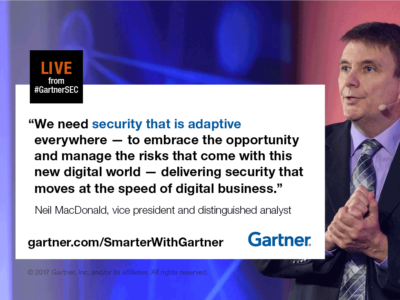The power of social media data lies in the immediacy and relevancy of the analysis.
Counting numbers of followers and tabulating “likes” have never been effective ways to measure social media success. For many analytics professionals, social analytics seems like something which just hasn’t panned out the way they expected.
During her session at the Gartner Data & Analytics Summit this week in Grapevine, Texas, Jenny Sussin, research director at Gartner, explained that most social analytics failures are a result of the mistakes analytics and business professionals are making throughout the process, rather than data flaws.
“Today’s social analytics market is immature. While some organizations have identified why they are looking to analyze social media content, the majority are still in a ’listening‘ phase, where they are monitoring social media but not taking action as a result,” said Sussin.

She focused on five reasons organizations are failing with social analytics and how to fix this problem:
- You’re looking in all the wrong places
Organizations spend an inordinate amount of time focused on Twitter and Facebook and, in doing so, neglect other sources that may have greater value to them. Forums, blogs, Reddit and LinkedIn may be better sources of information for organizations that aren’t business-to-consumer (B2C), or those that are, and are ending up with, a lot of noise from popular social networks. Organizations need to consider things like which region they operate in, which genders they target, the age of their average customer and the type of data — text, image or video — that they’re looking to examine. Then they can determine the social media sources that are the best fit for their social analysis. - You’re pulling in too much information
To find value in social analytics, it’s critical for companies to understand there is much more to achieving social analytics success than monitoring a name. Social media provides analytics application providers with metadata that can be filtered in a variety of ways, which helps companies get closer to answering what is ultimately their business question.“Framing a social media query as a question, which requires applying additional filters, such as region or sentiment, to get closer to the right answer is key to helping companies bring in only the information that will help them make critical business decisions,” Sussin said. - You haven’t done anything with the information you’ve collected
Organizations spend enormous amounts of money on social analytics, but many of them can only explain the insight they have gained, not the action they’ve taken. This is because the part of the organization responsible for generating insight is usually a step removed from the part that could take meaningful action with that insight.This disconnect prevents organizations from getting real business results from social analytics.“Organizations can overcome this through process or technology approaches. One such approach is having the business unit that would make immediate use of the data be the sponsor for the social analytics project,” Sussin said. “Another approach would be to use advanced analytics that are prescriptive to provide immediate decision support or automation to the relevant business unit.” - You’re putting technology before strategy
Many organizations choose a social analytics technology without knowing if the technology they’re selecting will help them meet their business goals. This is often because organizations are trying to keep up with their peers’ technology investments rather than defining their business goals.Organizations must take five key considerations into account when selecting a social analytics provider: Delivery model, language support, vertical expertise, partner and integrator relationships, and finally, the use case that they’re trying to address. - You’re looking at social data in a silo
Organizations are failing to capitalize on their social analytics because they are looking at social media data on its own, rather than in conjunction with email data, call recordings, surveys, and countless other internal and external sources.“Organizations have three options for overcoming these data siloes — consolidate on a single tool, aggregate reports into a single dashboard or create processes to fill gaps,” Sussin said. “Ultimately, social data is only a single source of information, but combining it with other siloed information sources is what will bring true business value.”
Follow news and updates from the conference on Twitter at #GartnerDA.
Get Smarter
Data and Analytics Hub
Visit Gartner’s Data & Analytics Hub for complimentary research and webinars.
Client Research
Gartner clients can learn more in “How to Apply Advanced Analytics Capabilities to Social Data.”
Gartner Data & Analytics Summit
Gartner’s global series of Data & Analytics Summits continues March 20-22 in London, May 23-24 in Tokyo, June 6-7 in Mumbai and June 20-21 in Sao Paulo, Brazil.










